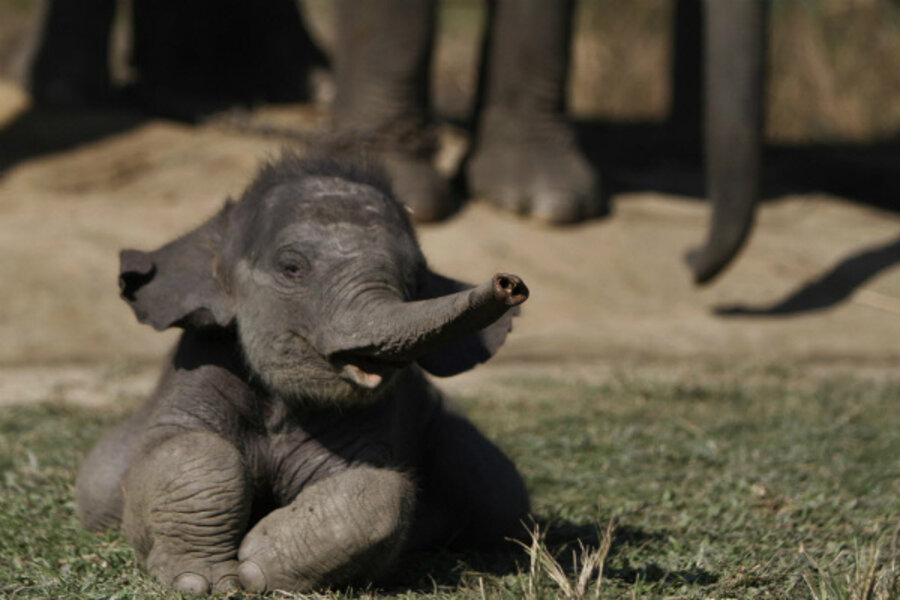Will the UN reverse its ivory ban?
Loading...
| Geneva
Delegates overseeing a 175-nation endangered species treaty adopted measures Friday intended to curb smuggling of elephant ivory and rhino horn, including a new plan to eventually allow ivory to be legally traded again in global markets.
The plan for allowing ivory to be traded legally for the first time in more than two decades will be fine-tuned and presented again in October, then considered for final approval next March in Bangkok. It was among the most hotly debated items at a weeklong meeting of the Convention on International Trade in Endangered Species of Wild Fauna and Flora, known as CITES, that ended Friday.
Some 300 delegates in Geneva agreed by consensus to a series of measures and sanctions on trade in endangered species. The ivory plan envisions a resumption in trading only from existing stocks gathered from elephants that have died as a result of natural causes.
A global ban on ivory trading took effect in 1989 to curb elephant poaching in Africa, but in the past decade the problem grew again with rising Asian demand for ivory chopsticks, statues and jewelry.
The long-running global debate over elephants has focused on the benefits of raising revenue from legal ivory sales that could be used to pay for conservation measures and ways of protecting local communities that live in close proximity to large and sometimes dangerous animals.
Proponents also have argued that legalizing the trade could dampen prices and, therefore, demand for ivory on the black market, but some conservation groups have said they remain skeptical that it will work and that in fact sales could only increase poaching. No culling or poaching would be authorized under the plan.
Much of the focus was on how to strengthen enforcement while also dampening consumer demand. Delegates agreed that effected nations must do more to control their markets and combat international ivory smuggling.
"You may say that there has been a sort of polarization here (over ivory) — will you ban it totally, or will you allow something and if you allow something, you may also encourage smuggling," said Oystein Storkersen, the head of nature management in Norway who chairs one of CITES' main committees, told reporters. "As long as there is strong demand in the consumer countries, we probably will see people willing to risk going for ivory in the source countries."
Delegates also agreed to require that Vietnam, one of the biggest consumers of rhino horn, report back by September on how it is cracking down and to verify that rhino hunting trophies are taken for non-commercial reasons.
In parts of Asia, such as Vietnam, rhino horn can fetch the equivalent of U.S. street values for cocaine. It is crushed and consumed by people who believe it can cure diseases including cancer, fever and even hangovers, but doctors generally dispute that.
Delegates suspended trade in five reptiles — the African chameleon in Niger, Fea's chameleon in Equatorial Guinea, the girdled lizard in Mozambique, and the yellow-headed temple turtle and orange-headed temple turtle in Laos — and one African tree, teak, in Ivory Coast.
Delegates also decided to monitor crocodiles in Colombia, birds from the Solomon Islands, and a dozen other captive-breeding and ranching operations around the world.
But they agreed to lift previous suspensions and allow sustainable trade to resume for African teak and cherry in Congo, and for African grey parrots in Cameroon.
Copyright 2012 The Associated Press.







